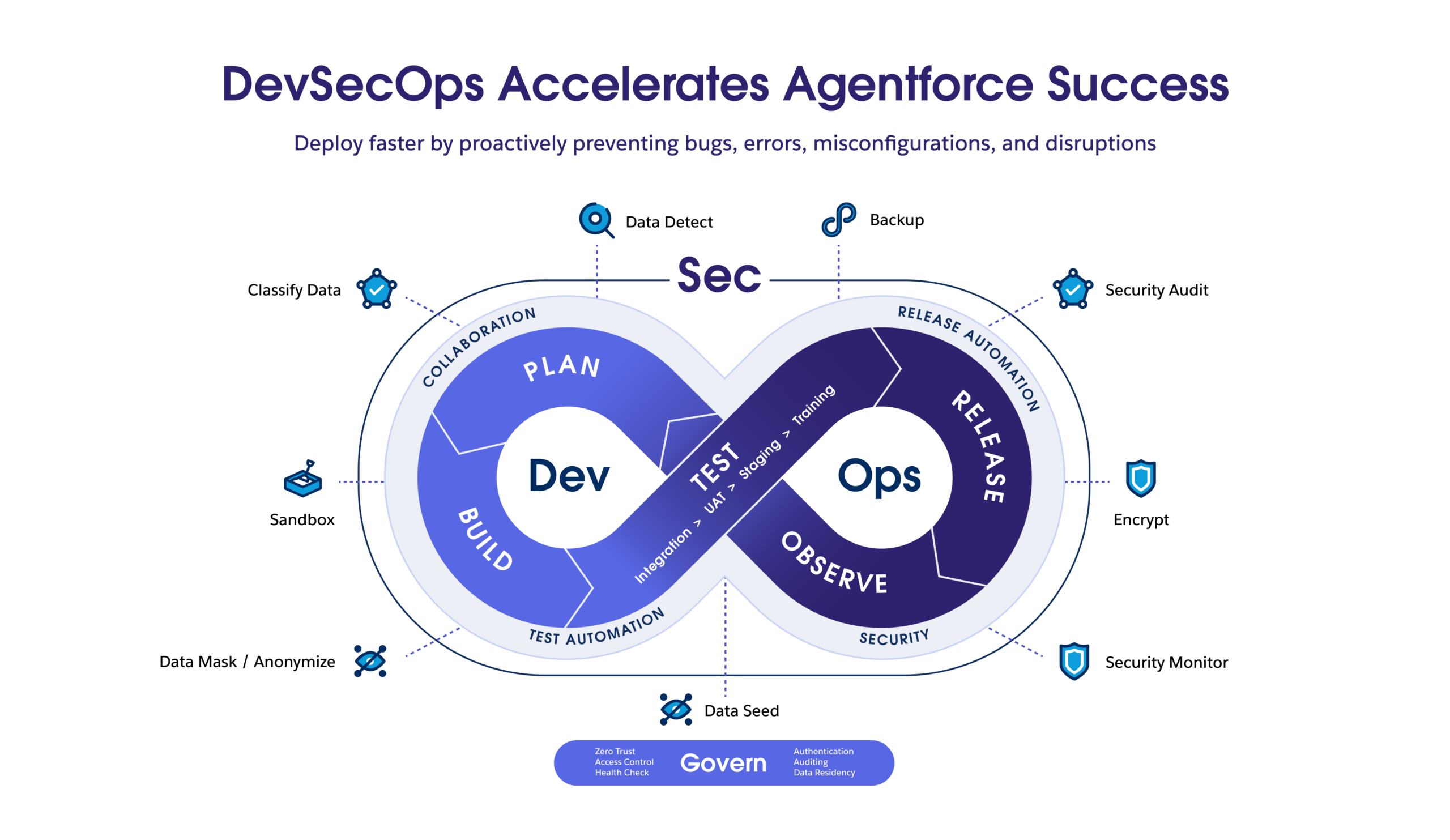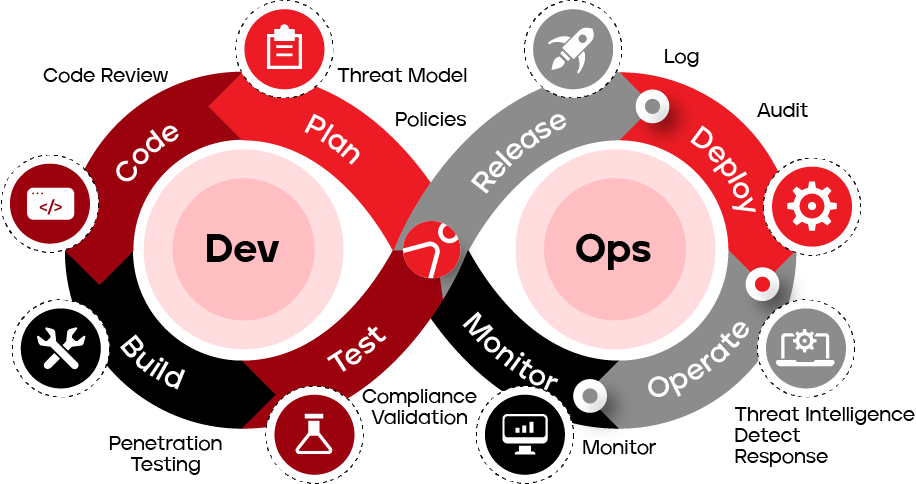
In the financial services industry, staying compliant isn’t just about avoiding fines — it’s about protecting trust, reputation, and billions in assets. As institutions move toward cloud-native architecture and rapid digital delivery, traditional security models no longer cut it.
This is where DevSecOps comes into play — a methodology that integrates security directly into the DevOps pipeline, ensuring that compliance and risk management happen continuously, not just at the end.
The Compliance Burden in Financial Services
From SOC 2 to PCI-DSS, from GDPR to FINRA, the financial sector must navigate a maze of regulations. These frameworks demand strong controls, secure data handling, audit logs, and traceability.
Traditionally, organizations manage compliance manually — with long checklists, multiple approval layers, and separate security audits. This creates bottlenecks. Development teams are slowed down, releases are delayed, and innovation suffers.
Worse, compliance becomes reactive. Teams scramble to fix issues just before a release or — worse — after a breach. That’s no longer sustainable in a world where updates need to be deployed weekly, even daily.
What Is DevSecOps?

DevSecOps stands for Development, Security, and Operations. It’s more than just a buzzword. It’s a mindset shift — moving security “left” in the software development lifecycle.
Instead of security being a final gate, it becomes part of every stage of delivery. Code is scanned in real time. Security policies are automated. Infrastructure is monitored continuously. And compliance becomes part of the workflow — not a blocker to it.
DevSecOps: A Game-Changer for Compliance
When financial firms adopt DevSecOps, they gain several compliance advantages almost immediately.
First, automated security checks catch issues early. Vulnerability scans, static code analysis, and dependency monitoring are triggered with every commit. That means problems are identified before they even make it to staging — reducing risk significantly.
Second, audit logs and traceability become part of the pipeline. Every change is documented automatically. Every deployment is logged. This makes audits faster, simpler, and less stressful.
Third, policy-as-code becomes the new standard. Instead of relying on human memory or PDF checklists, compliance rules are written in code and embedded in the workflow. If a policy fails — the deployment fails. No exceptions.
Finally, there’s speed. DevSecOps doesn’t slow teams down — it speeds them up. Because security is part of the process, teams don’t have to stop, wait, or backtrack.
“Security shouldn’t be a final checkpoint—it should be woven into every step of your delivery pipeline.” — Karman Vortex
A Real-World Example
Let’s say a fintech company wants to roll out a new mobile banking feature. They’re working in AWS, handling sensitive user data, and operating in both the U.S. and Canada.
Using a traditional model, they would:
- Build the feature
- Send it to QA
- Loop in security at the end
- Wait for manual reviews
- Patch issues
- Then deploy
This process might take weeks.
With a DevSecOps approach, it looks like this:
- Developers push code → it’s automatically scanned for vulnerabilities
- CI/CD pipelines enforce compliance rules (e.g., encryption, access controls)
- QA and security testing happen in parallel
- If anything fails, it’s fixed on the spot
- Deployment happens automatically with full logs
The result? The feature ships in days — securely, and in full compliance.
Why Regulators Like DevSecOps
It may sound counterintuitive, but regulators often prefer automation over manual reviews — as long as it’s done right.
Why? Because automated processes are consistent, repeatable, and easier to verify. A DevSecOps pipeline provides proof of compliance. It shows exactly what changed, when, by whom, and whether it passed all required checks.
For example, if a regulator asks how encryption standards are enforced, you can show them the exact policy in code — not a spreadsheet or checklist. That level of transparency is powerful.
Making the Shift: It’s Cultural, Not Just Technical
Implementing DevSecOps isn’t just about installing new tools. It’s about aligning development, security, and operations around shared goals. Teams need to trust each other. Silos need to be broken down.
Start with small steps. Automate code scans. Integrate secrets management. Build a secure CI/CD pipeline. Over time, the culture will shift — from compliance as a burden to compliance as a built-in strength.
Final Thoughts
“In today’s cloud-first world, compliance isn’t just a checkbox — it’s a core pillar of delivery excellence.”
For financial institutions, DevSecOps is more than a technical upgrade. It’s a strategic advantage. It allows faster releases, greater agility, and stronger security — all while staying fully compliant with the complex regulations that govern the industry.
At Karman Vortex, we help regulated enterprises build secure, scalable, and audit-ready platforms using DevSecOps best practices. If you’re looking to modernize your delivery pipeline while staying compliant, we’re ready to partner with you.

